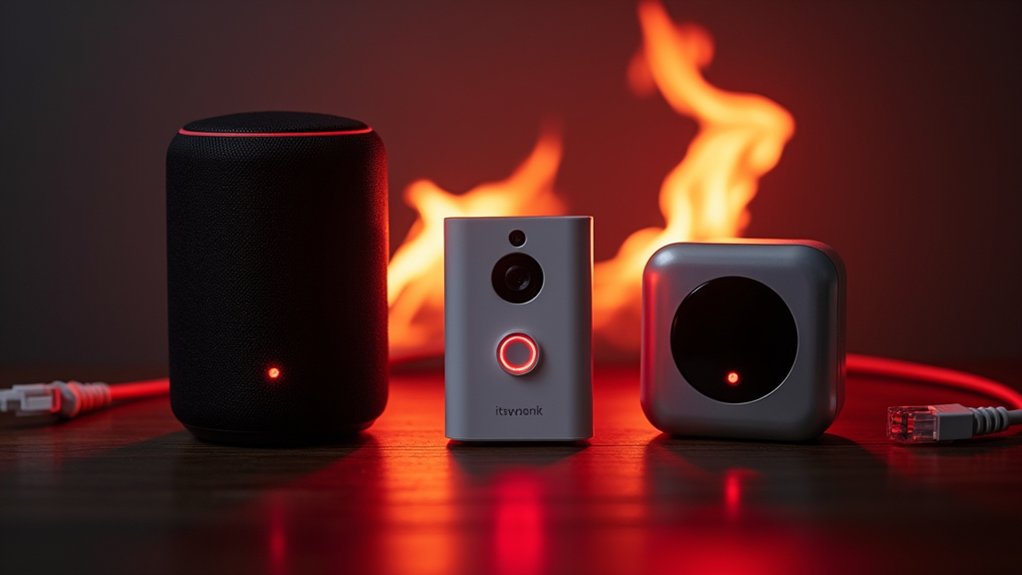Under mounting scrutiny from cybersecurity experts and industry observers, the Federal Communications Commission‘s voluntary cybersecurity labeling program for wireless consumer Internet of Things products faces significant criticism regarding its effectiveness and scope.
The program, which established the U.S. Cyber Trust Mark for smart speakers, doorbells, and related applications, relies on criteria from the National Institute for Standards and Technology to establish minimum cybersecurity standards.
The U.S. Cyber Trust Mark uses NIST criteria to set baseline cybersecurity standards for consumer smart home devices.
Critics fundamentally question whether a voluntary labeling system can compel manufacturers to comply with security requirements, particularly when enforcement mechanisms remain limited. Industry observers express concerns that the program creates a false sense of security for consumers, whereas doubts persist about its ability to protect against sophisticated nation-state threats, especially those originating from China. The self-certification process raises further concerns about potential manufacturer misrepresentation of compliance standards.
The program’s exclusion criteria reflect broader national security concerns, particularly targeting products on the FCC’s Covered List and those linked to Chinese entities. Products from companies appearing on the Departments of Commerce and Defense’s restricted entity lists, along with those ineligible for federal procurement through General Service Administration guidelines, cannot participate.
Moreover, products and administrators must not maintain ownership, control, or affiliation with prohibited entities, including Chinese military companies. Despite these restrictions, critics argue that excluding only listed entities creates potential loopholes for products indirectly connected to restricted companies.
The program applies exclusively to consumer IoT devices, excluding industrial and enterprise-grade equipment from its scope. Products seeking the label must undergo testing by FCC-recognized cybersecurity laboratories, with administrators required to demonstrate expertise in FCC regulations, compliance testing, and certification processes.
The labeling system includes QR codes linking to product registries containing consumer-friendly security information, designed to help buyers make informed purchasing decisions. The initiative aims to encourage manufacturers to adopt security-by-design principles while providing consumers baseline cybersecurity assurance for smart home devices.
Yet, the voluntary nature of participation, combined with evolving threats from sophisticated adversaries, continues to fuel debate about whether current measures adequately protect American consumers from cybersecurity risks.





